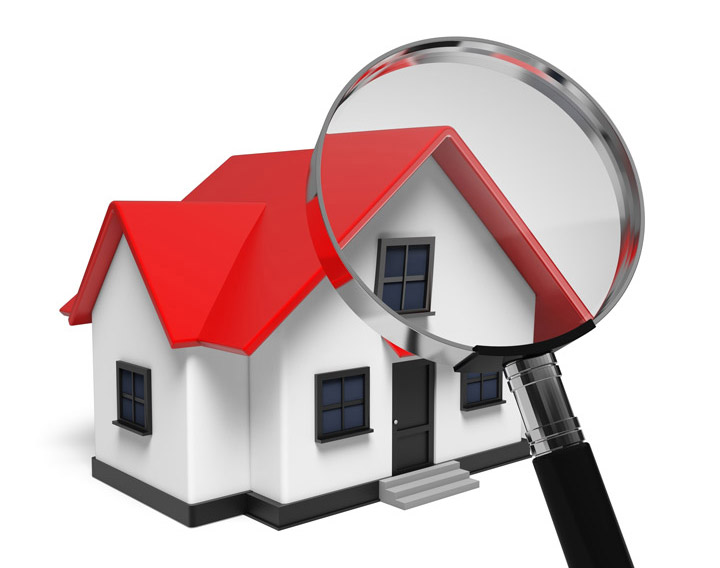
What Are the Parts of an Appraisal?A home purchase can be the biggest transaction some of us will ever consider. It doesn't matter if where you raise your family, a seasonal vacation home or an investment, purchasing real property is a complex financial transaction that requires multiple parties to see it through. The majority of the people involved are quite familiar. The most recognizable person in the transaction is the real estate agent. Next, the bank provides the financial capital necessary to bankroll the transaction. And the title company ensures that all areas of the exchange are completed and that a clear title transfers to the buyer from the seller. So, who makes sure the value of the property is consistent with the purchase price? In comes the appraiser. We provide an unbiased opinion of what a buyer could expect to pay — or a seller receive — for a parcel of real estate, where both buyer and seller are informed parties. A licensed, certified, professional appraiser from Triad Appraisal Company will ensure, you as an interested party, are informed. Appraisals start with the inspectionTo determine the true status of the property, it's our duty to first perform a thorough inspection. We must see aspects of the property hands on, such as the number of bedrooms and bathrooms, the location, and so on, to ensure they truly are there and are in the shape a typical person would expect them to be. The inspection often includes a sketch of the house, ensuring the square footage is correct and illustrating the layout of the property. Most importantly, we look for any obvious amenities - or defects - that would affect the value of the house. Back at the office, an appraiser uses two or three approaches to determining the value of the property: a sales comparison, a replacement cost calculation, and an income approach when rental properties are prevalent. 
Replacement CostHere, we analyze information on local construction costs, the cost of labor and other elements to figure out how much it would cost to build a property nearly identical to the one being appraised. This figure commonly sets the maximum on what a property would sell for. The cost approach is also the least used predictor of value. 
Sales ComparisonAppraisers are intimately familiar with the neighborhoods in which they work. They thoroughly understand the value of particular features to the residents of that area. Then, the appraiser researches recent sales in the neighborhood and finds properties which are 'comparable' to the property being appraised. Using knowledge of the value of certain items such as remodeled rooms, types of flooring, energy efficient items, patios and porches, or additional storage space, we adjust the comparable properties so that they more accurately portray the features of subject.
A true estimate of what the subject could sell for can only be determined once all differences between the comps and the subject have been evaluated. At Triad Appraisal Company, we are an authority when it comes to knowing the value of real estate features in Portland and Multnomah County neighborhoods. The sales comparison approach to value is usually given the most weight when an appraisal is for a real estate purchase. Valuation Using the Income ApproachA third method of valuing a house is sometimes employed when a neighborhood has a measurable number of renter occupied properties. In this scenario, the amount of income the property yields is factored in with income produced by similar properties to give an indicator of the current value. Arriving at a Value ConclusionAnalyzing the data from all applicable approaches, the appraiser is then ready to document an estimated market value for the property in question. The estimate of value at the bottom of the appraisal report is not always what's being paid for the property even though it is likely the best indication of a property's valueThere are always mitigating factors such as seller motivation, urgency or 'bidding wars' that may adjust an offer or listing price up or down. Regardless, the appraised value is typically used as a guideline for lenders who don't want to loan a buyer more money than they could recover in the event they had to sell the property again. At the end of the day, an appraiser from Triad Appraisal Company will help you get the most fair and balanced property value, so you can make profitable real estate decisions. |